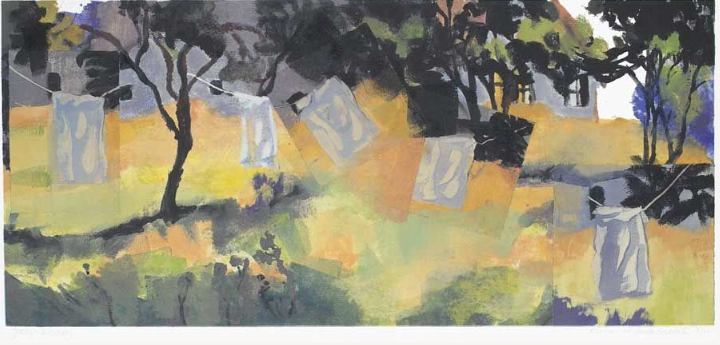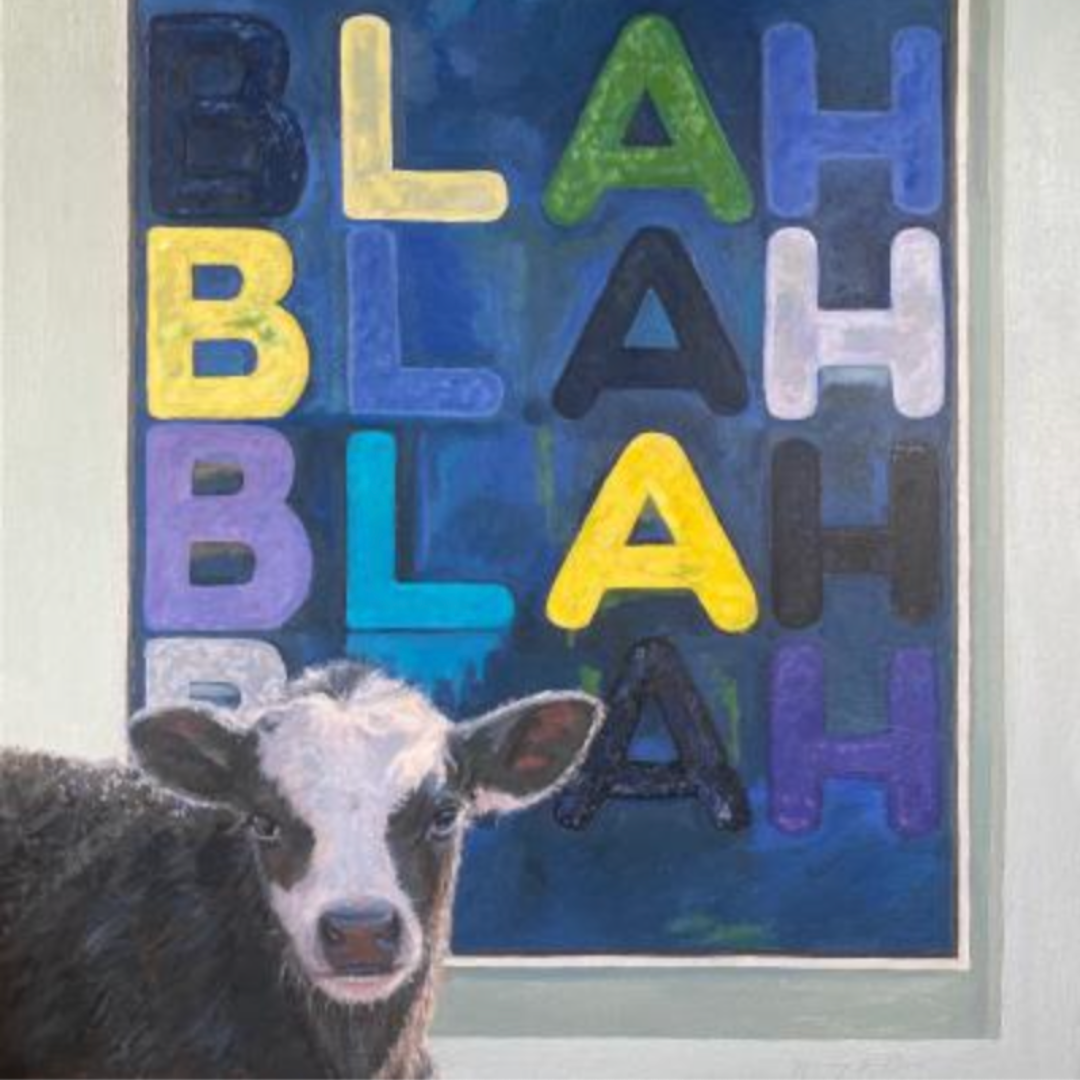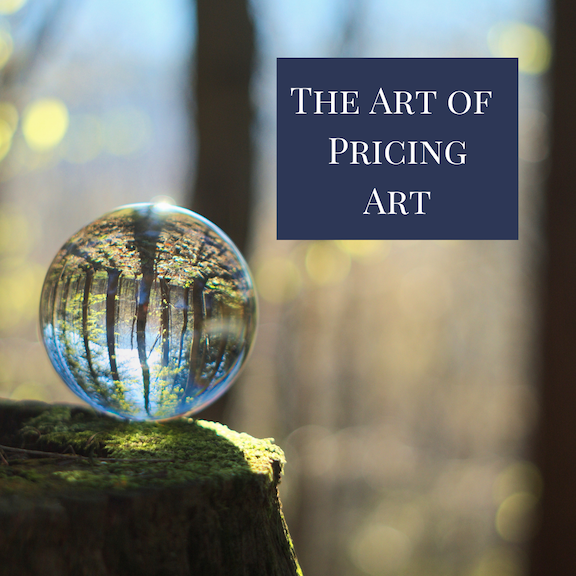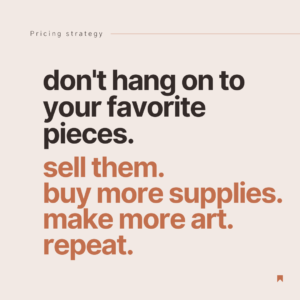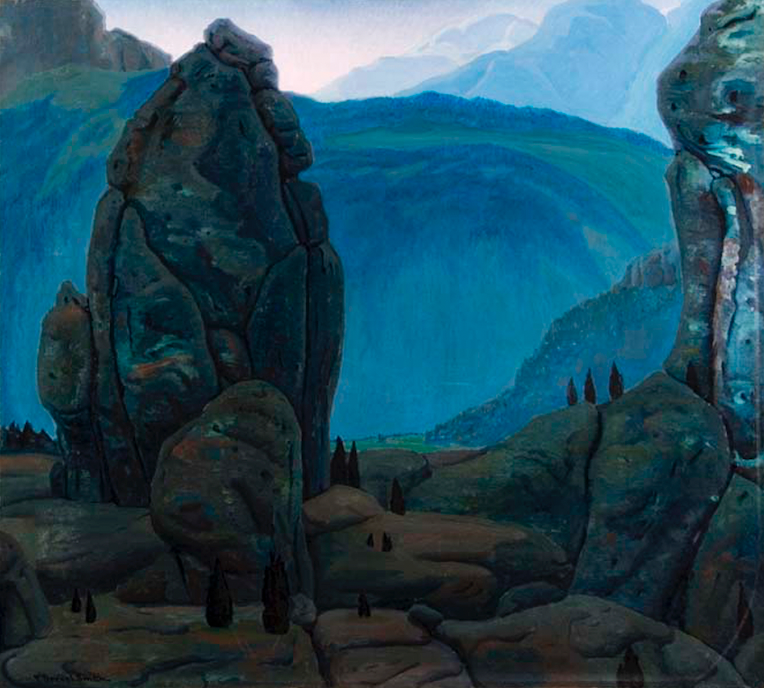Humans are hardwired for stories. Stories came before written words. Stories, passed down through time, have kept us out of harm’s way, helped raise our children, and formed communities and cultures.
As an artist, you spend your days telling stories in paint or clay or photographs or bronze. Because art it, at it’s core, stories.
These stories are what collectors want to hear and learn. I’ve heard many artists say, “My art stands on its own; I shouldn’t have to explain it.” To which, I say: “Good luck with that.”
Artists, please, for the love of god, understand that there is a gap between your work and your audience. Yes, collectors could take art classes and learn the amazing techniques you’ve just wowed them with, but they don’t want to. What they want is to live with art and to feel connected to the art they collect. Technique is not that connection. Stories are the connection.
This is why I want you to tell your stories in a blog. The stories are not always exciting or earth-shattering; they often are simply the idea or feeling or emotion that was passing through while you worked.
Tell the Story, Connect the Dots

Creating a blog does something else that is quite remarkable. It acts like your personal magazine filled with ads focused on you.
This is the best marketing you have at your disposal. And it forms the Artist’s Marketing Trifecta: Blog + Newsletter + Social Media.
Each of these things done alone helps, but when done together, they’re art marketing magic.
What's the difference?
Blog:
Lives on your website
Creates great SEO even while you sleep
The perfect reason for collectors to return to your website
Newsletter:
Individual email, sent and gone
Doesn’t live on your site
Announces current happenings and, if done right, should send people back to your website
Social media:
Lives on someone else’s platform
Proprietary
Should be used to announce new blog, which drives people to your website
Let's make it easy
I am so dedicated to getting you to create blogs and effective newsletters as a way to market your art online that I’m teaching Blogging with Pictures every other month. I developed this workshop to make it easy. We use your art and tap into the stuff you know like the back of your hand.
I give you templates and go over all the basics. Then we make blogs and post them to your website.
Easy-peasy, lemon squeezy.
Artist Bloggers Show and Tell
Blogs come in all shapes and sizes. There are lots of analytics about what works and the best length of a blog, but the reality is that any blog written on a topic you know well is a great online marketing for your art.
Still feeling a bit dubious? Check out these blogs from artists who have taken my workshops…
In this blog, Jan R. Carson talks about her work but does so by telling a story of how one piece came into being after watching a paper wasp build her nest. It’s a fascinating blog that let’s us into her process and educates us with her knowledge of insects.
Queen Paper Wasp Encounters
My interactions with insects have become a dynamic influence on my artistic process. Paper wasps love to build their nests on the eaves outside my textile art studio in northern Colorado. Each spring I use the handle of a metal rake to scrape off the nests before they get going. The key is to remove the nest when the queen is out foraging, which is usually in the strongest heat of the day. This means I spend some time watching the queen build. This also means I start developing a bond with her. After all, she did pick my house. To me, that feels like some kind of compliment.
Pati Stajcar decided to answer a frequently asked question: how do you get all this heavy sculpture to an art exhibit? In her blog she takes us behind the scenes as she and her husband travel to the Easton Waterfowl Festival.
Travel Blog: Easton Waterfowl Festival, Easton, Maryland
The sounds of semi trucks and car doors invade my sleep. I have a wildlife art show in three days. My body is stiff as I carefully stretch to ease the pain. I can’t see even though my eyes are open it is unnaturally dark. Oh yeah, I have my hat down over my eyes to shut out the glare from the lights in the parking lot. The fog of sleep is lifting as the sun rises. This is day two on the road. Have sculpture, will travel. My husband Dave and I are sleeping in our van at a rest stop. Kansas or Missouri? Put the coffee on, things will come into focus.
Here’s one by Suzanne Storer, a ceramic artist. Suzanne’s work is incredibly unique. Her blog sheds light on her subjects–homeless men and women–and gives us valuable insights into their lives, Suzanne’s process and her fervent desire to make sure these people are seen.
HE WAS TRYING HARD TO STAY HEALTHY.
THEY KICKED HIM OUT OF AN AA MEETING
BECAUSE HE BROUGHT IN HIS BACKPACK.
HE HAD NOWHERE SAFE TO PUT IT.
OK, one more. Cody Aljets is a sculptor who literally traded his fire fighter’s helmet for a welder’s helmet. Why? Because his days were numbered…
The thing I didn’t write was: I want to do this before I die of cancer.
The problem was, I was a ticking time bomb.
It’s October, 2021 and I’m sitting in my Fire Officer One class, distracted with the uncertainties that lay ahead. So many things had transpired in the past years.
My wife Brieonna and I started building a home while living on our land in an RV with our son Cullem, who was 3 at the time.
I have been with Crested Butte Fire Protection District since 2013, working full time since 2019. Covid hit everyone’s world hard, but started here in November 2019.
In April of 2020, I was diagnosed with stage 4 colorectal cancer and given less than 10% chance of surviving. Nine months later and 70 pounds lighter, I headed back to work.
Let's Do This
Please consider joining me for a Blogging with Pictures workshop. I want to show you how easy and effective this approach is for marketing your art online.
And, once you’ve taken a workshop, you can come to any of my virtual office hours on Zoom for help with writing, editing and layout for SEO.
Hope to see you soon!
Here’s a link: WORKSHOPS.
As always, leave a comment with questions and feel free to book a call with me to learn more. Go to my CONTACT page and scroll to appointments.












